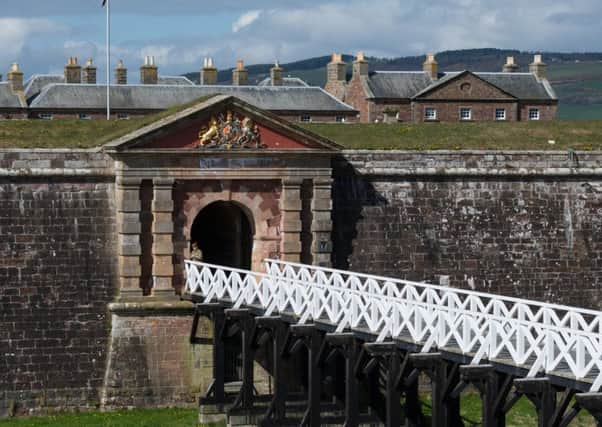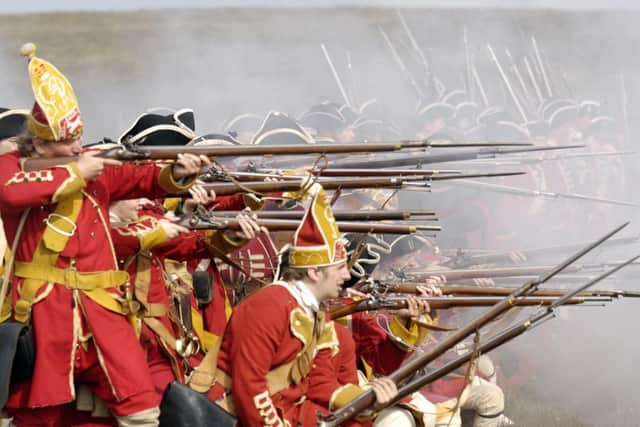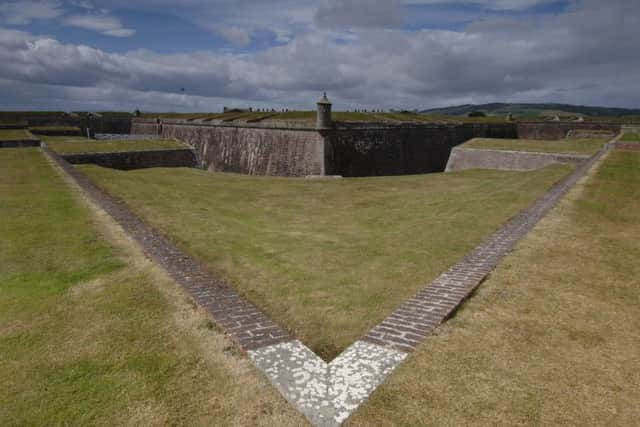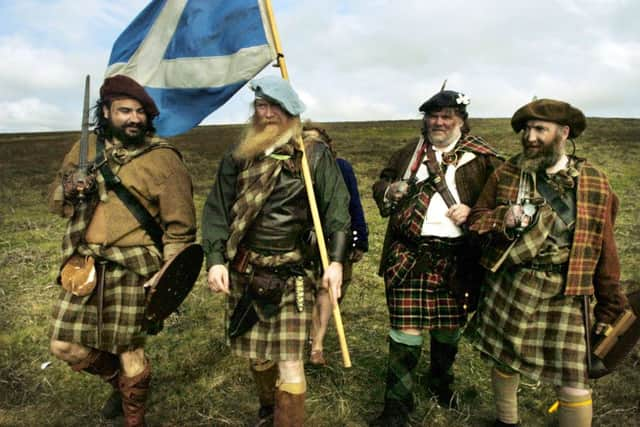Why was Fort George built?
This article contains affiliate links. We may earn a small commission on items purchased through this article, but that does not affect our editorial judgement.


Taking two decades to construct, Fort George was designed to be a military tour de force in the Highlands in the aftermath of the 1745 Jacobite rebellion.
Following the battle of Culloden in 1746, King George II issued orders to begin work on the fortress to pacify the tumultuous Highlands and deter further attempts at armed resistance to the House of Hanover.
Advertisement
Hide AdAdvertisement
Hide AdSitting on a spit of land jutting into the Moray Firth, the imposing star fort guarded the approaches to Inverness from land and sea. Had it been sieged, it was designed to be relieved by sea through use of its small harbour.


In spite of the supposed Jacobite threat that spurred its construction, the site has never been attacked since work first began on building it in 1748 and has remained continually garrisoned since 1769.
As it transpired, the battle of Culloden was to be the last pitched battle fought on British soil, with the fervour for the Stewart cause eventually subsiding. Its figurehead, Charles Stewart - affectionately dubbed Bonnie Prince Charlie - would never again mount a challenge for the British crown and lived out the rest of his life in exile in France.
Designed by Lieutenant-General William Skinner and built by the Adam family of architects (most famous for the beautiful neo-classical buildings of Edinburgh), the fort boasts ramparts more than 1km in length, enclosing an area of more than five football pitches within its walls.


The original budget for the fortress was £92,673 19s 1d but swelled to more than £200,000, an enormous sum at the time.
• READ MORE: The story of the last Jacobite to be hanged
It has remained relatively unaltered throughout its 250-year history and has remained a barracks for regiments throughout its history, including the Queen’s Own Highlanders. Most recently the Black Watch 3rd Battalion, Royal Regiment of Scotland became the garrison force when it was formed in 2007.
Advertisement
Hide AdAdvertisement
Hide AdIt is not the first Fort George that stood in the area, however. A fort was built in 1727 beside the river Ness in Inverness but was seized by Jacobite forces and destroyed to prevent it being used by the Hanoverian government forces as a base. Its purpose, too, was to to ensure peace in the area following the first Jacobite uprising of 1715.


For some, Fort George has become an enduring physical symbol of one of Scotland’s most turbulent periods; the deep-rooted effects of the Jacobite defeat, not least the period of repression and persecution of Highland communities that followed, still touch the rugged wilds of the north of Scotland.
DOWNLOAD THE SCOTSMAN APP ON ITUNES OR GOOGLE PLAY